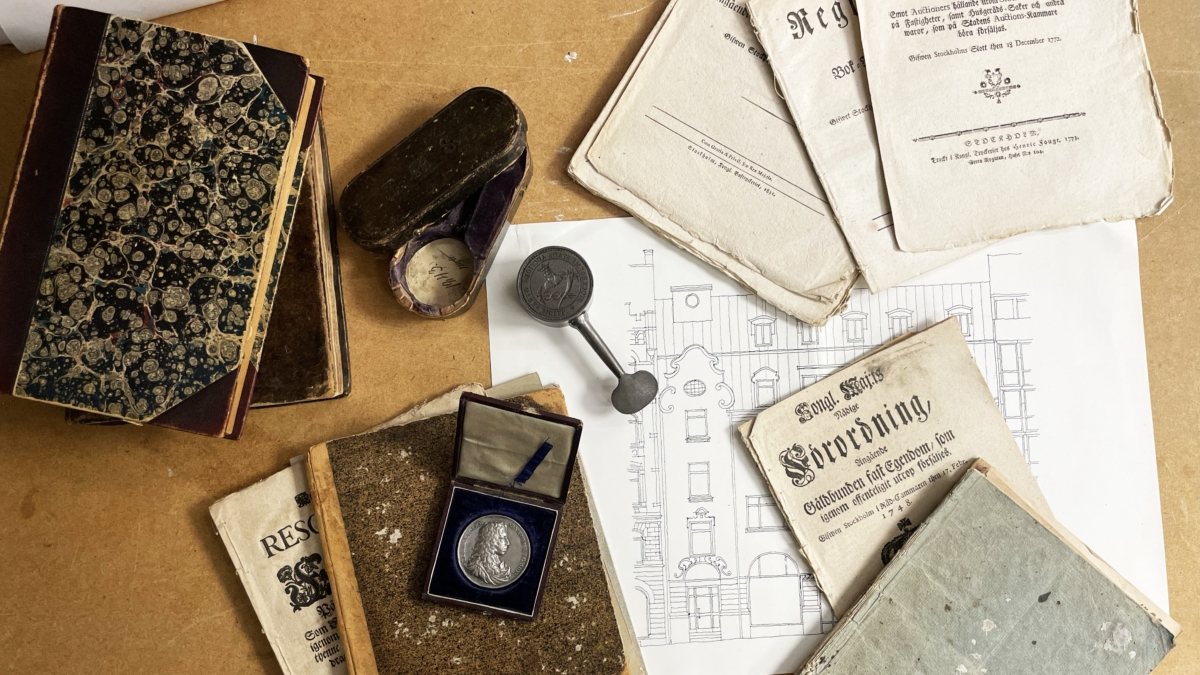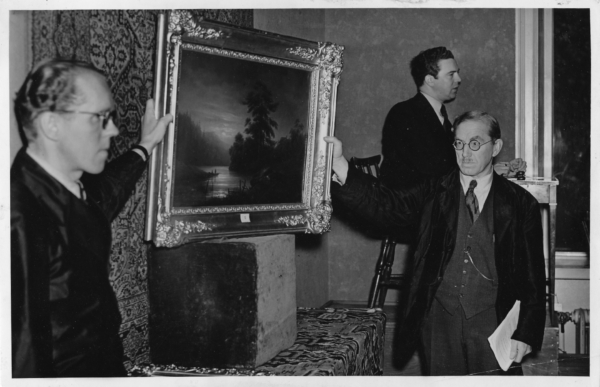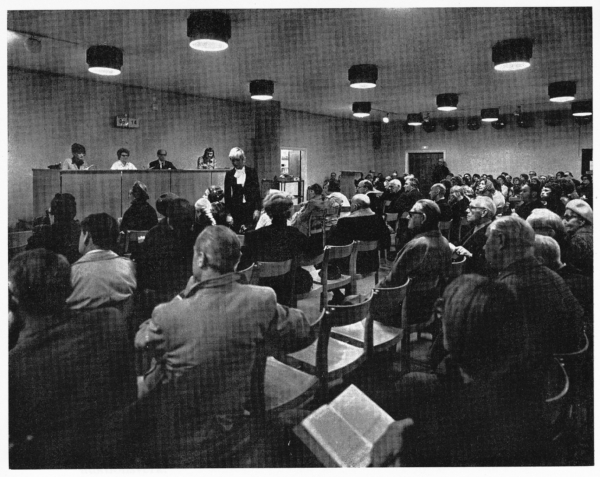
2024-02-26
Stockholms Auktionsverk celebrates its 350th anniversary
On February 27, Stockholms Auktionsverk celebrates its 350th anniversary, marking a historic milestone for the world’s oldest auction house. Founded on the initiative of Baron Claes Rålamb – governor-general of Stockholm and a pioneer in the auction world – who issued the founding auction chamber ordinance in 1674.
“Over the years, Stockholms Auktionsverk has been a staple marketplace, but also a meeting place for Stockholmers and, in recent years, for the rest of the world as well. With us, items have changed hands for 350 years; someone’s unwanted possessions become someone else’s beloved treasures. We have auctioned off some of the country’s finest art treasures, which not only represent significant monetary value but are also highly valued on a cultural-historical level. Works that manage to capture the Swedish soul, art that is an honor to be around but also constitute important work for us to preserve for future generations,” says Victoria Svederberg, head of the art department at Stockholms Auktionsverk.
For three and a half centuries, Stockholms Auktionsverk has been a focal point for extraordinary artworks and antiques – each a small part of history. When Anders Zorn’s “Omnibus” was sold to the National Museum for 1.2 million SEK in 1981, it was the most expensive Swedish painting ever auctioned. However, the most famous painting ever sold at Stockholms Auktionsverk is Rembrandt’s “Kökspigan” from 1651. During the 18th century, it was owned by Eva Bielke, but after her passing it was sold at Stockholms Auktionsverk in 1779, along with several other artworks, to a new renowned owner – King Gustav III, who received the royal privilege to choose first from the private art collection auctioned at Stockholms Auktionsverk in 1779. In 1866, “Kökspigan” was transferred to the National Museum’s collections, where it still resides.
On December 17, 1733, Stockholms Auktionsverk itself was sold at auction. The highest bid was placed by Prime Minister Lukas Lutkens, with an annual rent of 4,502 silver dalers. The agreement between the state and the city of Stockholm included a provision prohibiting others from holding auctions in Stockholm; all private auctions had to be reported to the city’s auction chamber, which could issue permits and ensure their personnel were present to conduct the auction. Those who violated this were fined 100 silver dalers – half of which went to the informant as a reward and the other half to the city’s poor. A customary commission was also paid to the auction chamber. This auction monopoly was only abolished in 1972, and until then, all auctions within the city limits were conducted by Stockholms Auktionsverk.
Behind the doors at Nybrogatan 32 stands the clock that has signaled auctions at Stockholms Auktionsverk for 310 years. From 1727, the bell was used to summon the public to auctions twice a week, on Mondays and Thursdays. After 1858, the number of days doubled, and during the peak seasons – now referred to as the spring and fall auction seasons – auctions could take up to six days of the week. The auction chamber was state-run and operated between 1674 and 1790 from Själagårdsgatan 19 in the Old Town. In 1790, it moved to the Polus house on Myntgatan and in 1836, further to Birger Jarls torg on Riddarholmen, where it remained for over a century. In 1949, it moved to the Bonnier house on Torsgatan, ten years later to Norrtullsgatan 6, and in 1977 to Stockholm city and Beridarebansgatan in the premises under the Gallerian. In 2002, it moved to its current location at Nybrogatan 32.
“Having been a thriving marketplace for so long is no small feat. With us, anyone can access history in a truly unique way and even take parts of it home if they wish. This venerable method of sale is characterized by its genuine validity, where objects change hands with full transparency, and bidding is open to all. As specialists, we can assess the value of an item based on our knowledge and experience, but it is always the market that decides. An item is only worth as much as the highest bidder is willing to pay for it, right then and there. That’s the nature of auctions.” concludes Victoria Svederberg.
To commemorate their 350 years in the industry, all the items acquired at Stockholms Auktionsverk carry their own stories. To celebrate this shared history, they are bringing together some of the most influential items that have passed through the auction halls since 1674. This will be done through a jubilee exhibition at Nybrogatan 32 from June 4th to 13th – showcasing a carefully selected collection of artworks and items that have been sold by Stockholms Auktionsverk. It’s an opportunity to celebrate their collective history, share these items with the public, and rejoice in the cultural heritage they have helped preserve.



